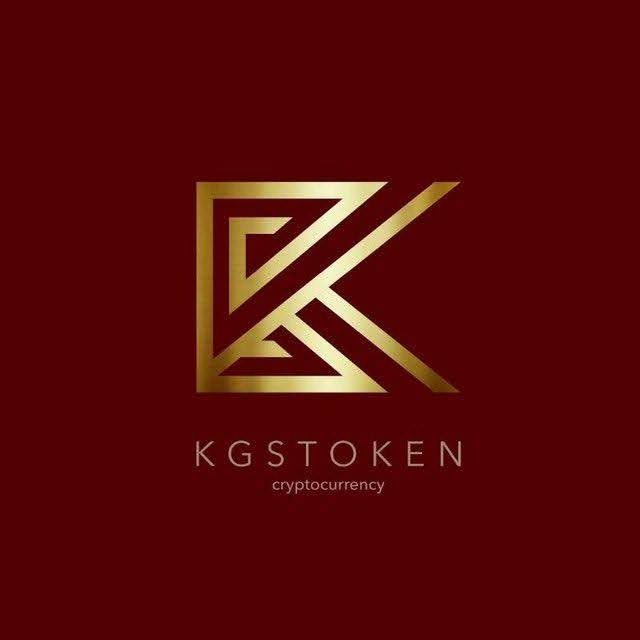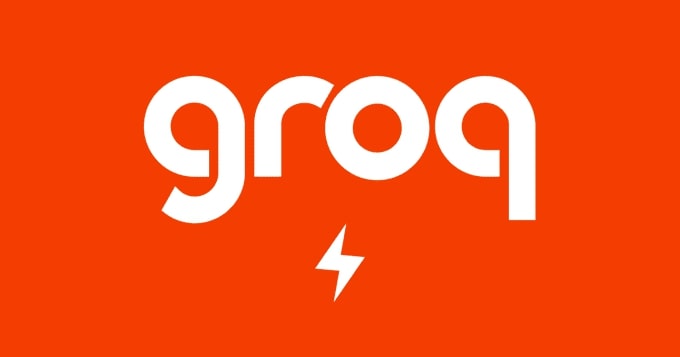2018-7-2 00:01 |
EOS Blockchain Platform Experiencing More Trouble: Ram Deficiency Now Can Cause System Crashes
The EOS platform has seen the cost of new accounts rise from $1 to $4 dollars.
The RAM or storage can be seen as gas or transaction fees, it has now recently been triggered and the network may soon be completely out of it. Each new account has to pay for about 4kb of RAM, which is also needed to make transactions, but can now be bought and sold, as you can buy Bitcoin (BTC) or Ethereum (ETH).
The EOS Nation has been speculating on the prices of RAMs, buying and buying, and then selling. That's precisely what a Block Producer (BP) supernode has been doing.
When a bad actor threatens crowds with gallows, the supernode's answer is that no matter what these others want. According to the EOS White paper, application developers will pay the nominal cost of creating the account to register a new user.
Traditional companies always spend large sums of money per customer, which they purchase in the form of advertising, free services, etc. The cost of funding a new account in a blockchain should be negligible in comparison. If the BPs had not used their inflation income to buy RAM and spike prices, everything would have been easier. Right now at $4 per account, we're talking about $40,000 for about 10,000 users.
Considering that a dapp expects to reach millions or more, they would need to spend $40 million up front to have a capacity of 10 million users. Of course, this may never happen and they may never reach that capacity requirement, but what is certain is that the cost must now be planned and paid for in advance. And that's if all that RAM is available in the first place.
EOS has limited the blockchain to only 21 entities and yet they are talking about Moore's law that increases RAM capacity. They pay $10,000 a day for BP every day, but now this RAM problem wasn't in their budget and there are big risks they can't afford it.
But all is not lost. Given the situation, Block.One, which created all this, has recently announced that it will start voting with its 100 million EOS, which represents 10% of the total voting capacity.
“The following are the values and considerations that will guide Block.one's participation in the choice of the block's producer: In line with the EOS Constitution, we reiterate our enthusiasm for the recent achievements of the EOS community and the ability of the public EOS network to peacefully secure life, liberty and property,” Block.One announced.
With 10% of the votes, they will of course be able to decide exactly who is a BP and who is not. And if they decide, then I'll ask why EOS doesn't run a database with Block.One, their trusted administrator. Since together they can of course reverse transactions, freeze them, completely modify the Online Constitution and if the BPs do not agree, they are expelled or dismissed.
A cryptocurrency like this shows that even if 50% of all your tokens have voted, Block.One (B1) still decides who exactly is a BP. That means they can force them to update, freeze accounts or unfreeze accounts, increase supply or reduce supply, or really anything they want.
There are those who believe that of course they will not, or at least not openly. The same way the Reddit administrator doesn't go around changing comments every day, even if he did it once. But now we're talking about a lot of money involved. What will happen at last?
If what the encoder community is saying about these RAM costs is true, it's not enough just to trust EOS and Block.One. You need to be much more diligent and well-planned to avoid what will be an imminent failure, even if it is a smart contract platform.
origin »Bitcoin (BTC) на Currencies.ru
|
|



